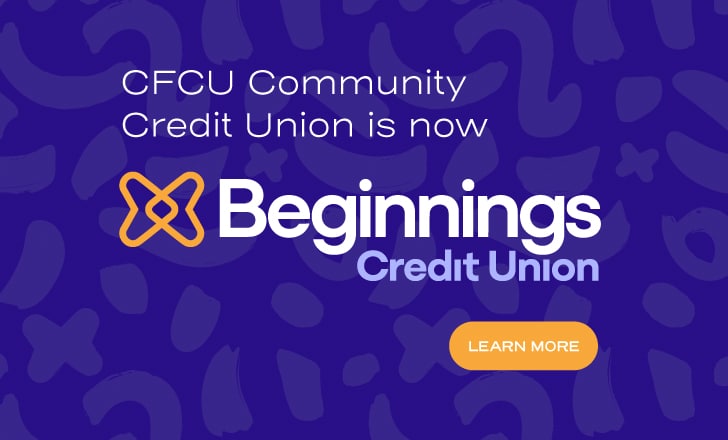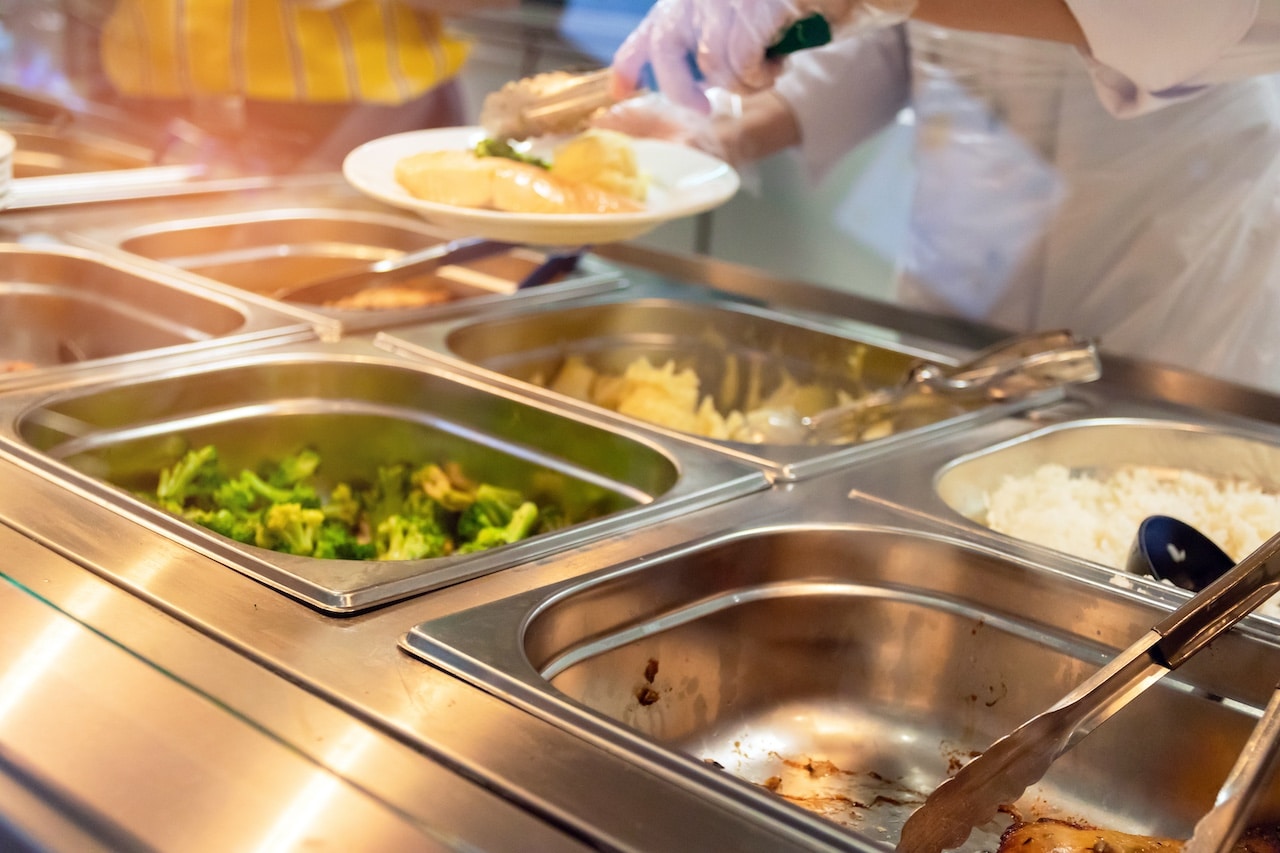A new audit from the New York State Comptroller’s Office finds that while the state’s 30% New York State Initiative — which rewards schools for using locally grown foods — has strong goals, participation remains low, especially among smaller and rural districts across Upstate New York.
Here are five major takeaways from the report and what they mean for schools in regions like the Finger Lakes, where enrollment and budgets continue to tighten.


1. Only 10% of eligible districts are participating
Out of 762 eligible School Food Authorities statewide (excluding New York City), just 73 — about 10% — qualified for reimbursement under the 30% New York State Initiative in the 2024–25 school year.
Together, they received $2.9 million of the $10 million available. That leaves roughly 70% of state funding untapped, even as schools struggle to keep food programs affordable.
Two districts — Buffalo and Middletown — accounted for one-third of all funds distributed.
2. Administrative red tape is a major barrier
Among the 253 school food officials surveyed, 42% said the main reason they don’t participate is the administrative burden of tracking lunch spending separately from breakfast and snack programs.
Others cited difficulty finding eligible New York-grown foods (24%) and higher prices for those products (16%).
For smaller Finger Lakes and rural Upstate districts that already face staff shortages and tight budgets, those reporting and sourcing hurdles make participation especially difficult.
3. The initiative’s goals are sound — but unevenly realized
The 30% Initiative was launched in 2018 to reduce child hunger, promote healthy school meals, and support local farmers.
The program boosts school lunch reimbursement from 5.9 cents to 25 cents per meal if at least 30% of food costs come from New York producers.
But while the Department of Agriculture and Markets (AGM) is meeting basic oversight requirements, auditors say it could do more to help schools connect with local farms and distributors — especially outside urban centers where regional supply chains are thinner.
4. Rural and shrinking districts may be missing out the most
Many smaller districts in the Finger Lakes and Western New York — already losing students and consolidating services — are less likely to apply because they can’t justify the paperwork or upfront costs.
With enrollment declines hitting food service revenues, these districts could most benefit from the program’s reimbursement boost but are least able to access it.
The audit suggests expanding outreach and streamlining applications to make participation feasible for districts with limited administrative staff.
5. Oversight and data need tightening
Auditors found that 13% of reviewed audits lacked documentation for total food costs, and another 23% contained incorrect totals.
Without standardized reporting, the state can’t verify whether schools truly meet the 30% threshold.
The Department has since pledged to fix that by updating applications, requiring documentation upfront, and providing new digital tools and training to food service directors — steps that could help small districts manage compliance.
The bottom line
The audit paints a picture of good intentions trapped in bureaucracy.
The 30% Initiative could strengthen local agriculture and school nutrition alike, but only if it becomes practical for the state’s smallest and slowest-growing districts to use.
In regions like the Finger Lakes — where both farms and schools are under pressure — the difference between paperwork and participation may decide whether millions in state dollars ever reach local cafeterias.
Get the latest headlines delivered to your inbox each morning. Sign up for our Morning Edition to start your day. FL1 on the Go! Download the free FingerLakes1.com App for iOS (iPhone, iPad).
FingerLakes1.com is the region’s leading all-digital news publication. The company was founded in 1998 and has been keeping residents informed for more than two decades. Have a lead? Send it to [email protected].


